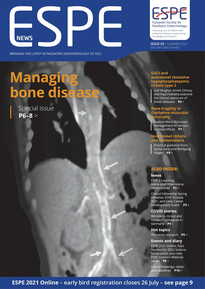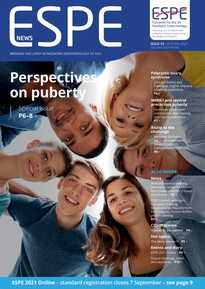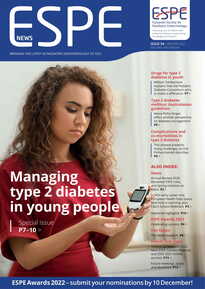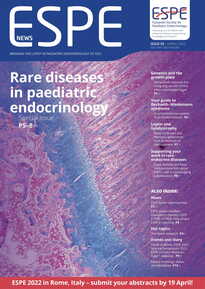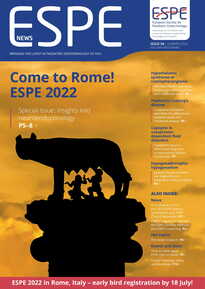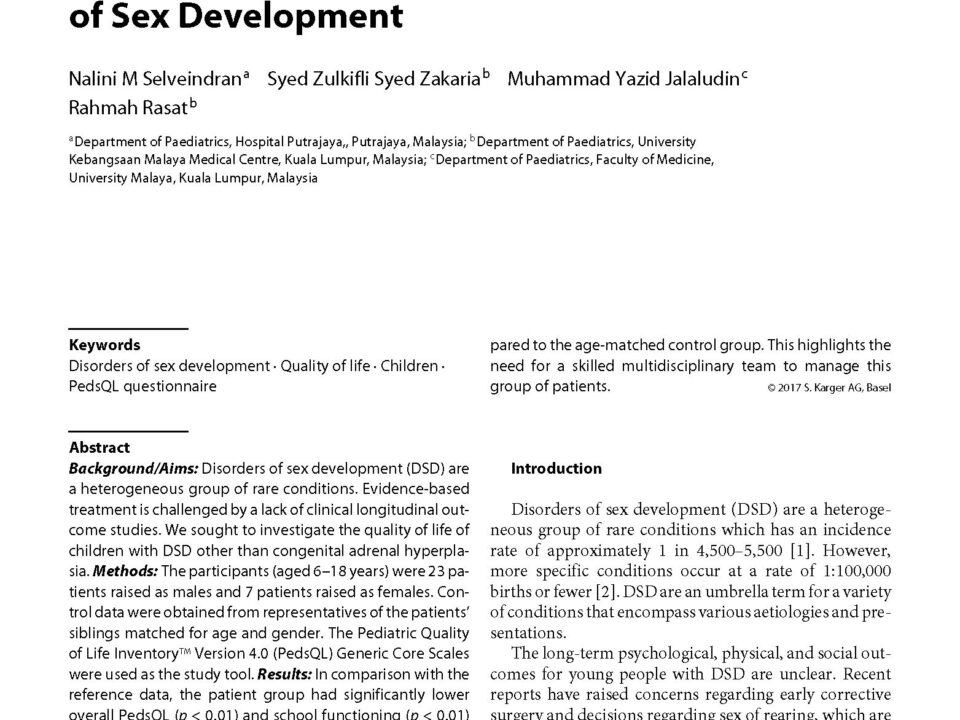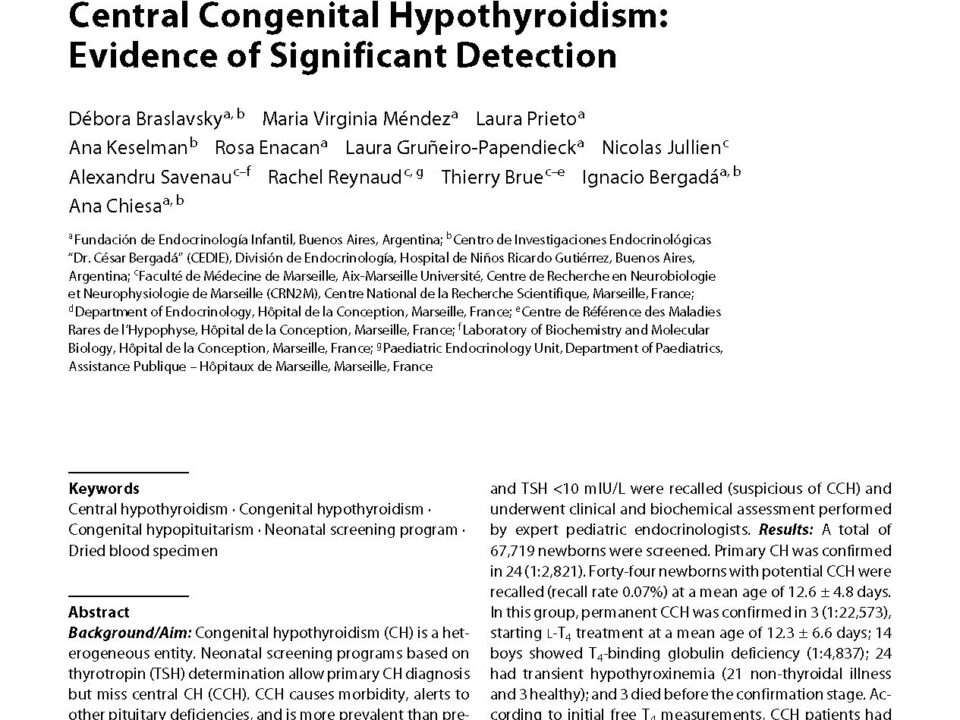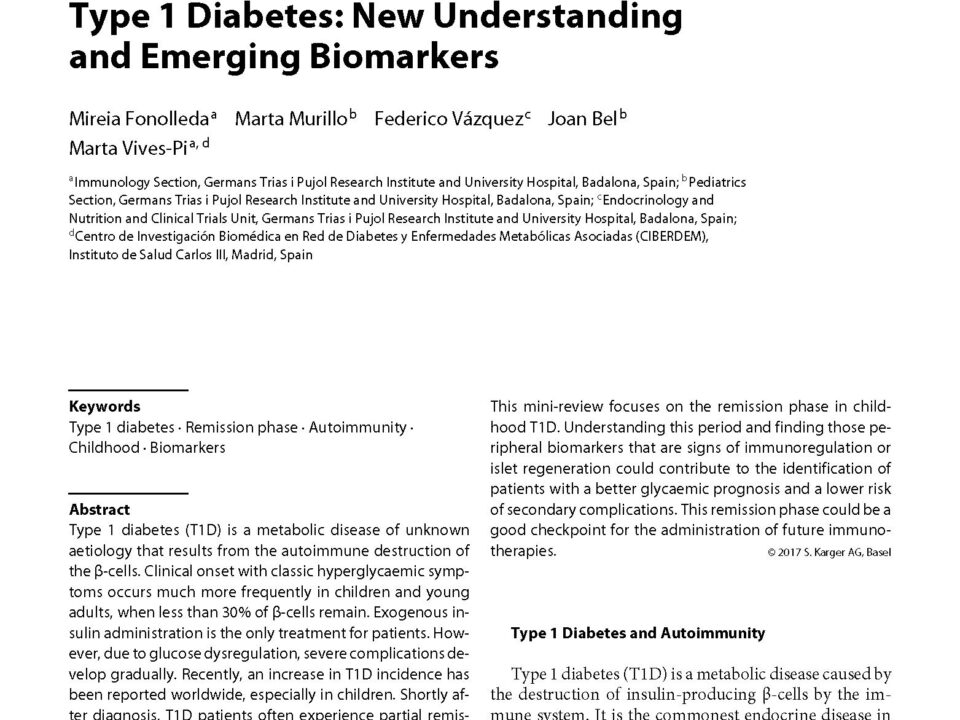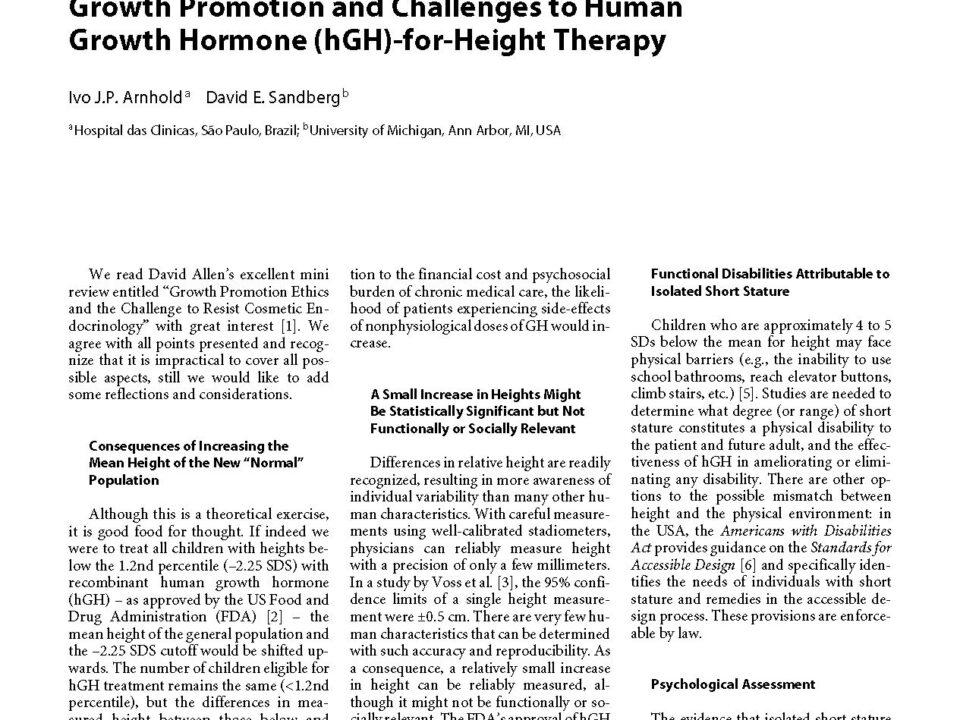December 13, 2022
GACI and autosomal recessive hypophosphataemic rickets type 2 | Bone fragility in Duchenne muscular dystrophy | Nutritional rickets and osteomalacia | The newsletter also includes a selection of Hot Topics and the latest ESPE news and events.
December 13, 2022
Polycystic Ovary Syndrome | MKRN3 and Central Precocious Puberty | Issues in Puberty Management in the Clinic. You can also get the latest research updates in our Hot Topics, as well as ESPE news and opportunities.
December 13, 2022
Drugs for Type 2 Diabetes in Youth | Type 2 Diabetes Mellitus: Australasian Guidelines | Complications and Co-morbidities in Type 2 Diabetes. You can also get the latest research updates in our Hot Topics, as well as ESPE news and opportunities.
December 13, 2022
Genetics and the growth plate | Your guide to Beckwith-Wiedemann syndrome | Leptin and Lipodystrophy | Supporting your work in rare endocrine diseases. You can also get the latest research updates in our Hot Topics, as well as ESPE news and opportunities.
December 13, 2022
Hypothalamic syndrome in craniopharyngioma | Paediatric Cushing’s disease | Copeptin in vasopressin dependent fluid disorders | Congenital hypogonadotrophic hypogonadism. You can also get the latest research updates in our Hot Topics, as well as ESPE news and opportunities.
December 13, 2022
Background/Aims: Disorders of sex development (DSD) are a heterogeneous group of rare conditions. Evidence-based treatment is challenged by a lack of clinical longitudinal outcome studies. We sought to investigate the quality of life of children with DSD other than congenital adrenal hyperplasia. Methods: The participants (aged 6–18 years) were 23 patients raised as males and 7 patients raised as females. Control data were obtained from representatives of the patients’ siblings matched for age and gender. The Pediatric Quality of Life InventoryTM Version 4.0 (PedsQL) Generic Core Scales were used as the study tool. Results: In comparison with the reference data, the patient group had significantly lower overall PedsQL (p < 0.01) and school functioning (p < 0.01) scores. Also, the total PedsQL score was significantly lower in patients with DSD who were of female social sex as compared to the controls who were females. Family income, surgical procedures, degree of virilization, and mode of puberty did not influence the PedsQL scores. Conclusion: This study revealed a poorer quality of life for patients with DSD as compared to the age-matched control group. This highlights the need for a skilled multidisciplinary team to manage this group of patients.
December 13, 2022
Background: Diazoxide is the first-line treatment for pediatric hyperinsulinemic hypoglycemia (HI). This study aimed to elucidate the pharmacokinetics of diazoxide in children with HI. Methods: We obtained 81 blood samples from 22 children with HI. Measured serum diazoxide concentrations were used for population pharmacokinetic analysis. Patient factors influencing pharmacokinetics were estimated using nonlinear mixed-effects model analysis. Relationships between drug exposure and adverse drug reactions were also investigated. Results: Diazoxide disposition in the body was described by a 1-compartment model. Oral clearance (CL/F) and the volume of distribution were proportional to body weight (WT), as expressed by CL/F in males (liters/h) = 0.0358 + 0.00374 × WT (kg). CL/F in females was 39% greater than that in males. Steady-state concentrations of diazoxide were similar following twice- and 3 times-daily dosing when the total daily doses were comparable. A patient whose serum diazoxide concentration exceeded 100 μg/mL over a 4-month period developed hyperglycemia. No significant correlation was observed between severity of hirsutism and diazoxide concentration. Conclusion: We have proposed for the first time a population pharmacokinetic model for diazoxide in children with HI. The potential risk of diabetes mellitus and/or hyperglycemia increases when serum concentrations of diazoxide exceed 100 μg/mL.
December 13, 2022
Type 1 diabetes (T1D) is a metabolic disease of unknown aetiology that results from the autoimmune destruction of the β-cells. Clinical onset with classic hyperglycaemic symptoms occurs much more frequently in children and young adults, when less than 30% of β-cells remain. Exogenous insulin administration is the only treatment for patients. However, due to glucose dysregulation, severe complications develop gradually. Recently, an increase in T1D incidence has been reported worldwide, especially in children. Shortly after diagnosis, T1D patients often experience partial remission called “honeymoon phase,” which lasts a few months, with minor requirements of exogenous insulin. In this stage, the remaining β-cells are still able to produce enough insulin to reduce the administration of exogenous insulin. A recovery of immunological tolerance to β-cell autoantigens could explain the regeneration attempt in this remission phase. This mini-review focuses on the remission phase in childhood T1D. Understanding this period and finding those peripheral biomarkers that are signs of immunoregulation or islet regeneration could contribute to the identification of patients with a better glycaemic prognosis and a lower risk of secondary complications. This remission phase could be a good checkpoint for the administration of future immunotherapies.
December 13, 2022
We read David Allen’s excellent mini review entitled “Growth Promotion Ethics and the Challenge to Resist Cosmetic Endocrinology” with great interest [1]. We agree with all points presented and recognize that it is impractical to cover all possible aspects, still we would like to add some reflections and considerations
